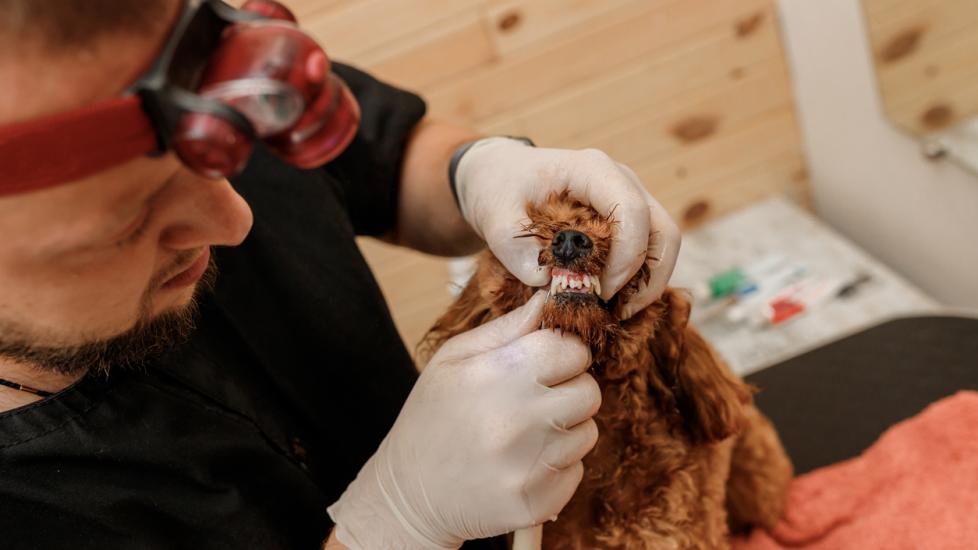In the world of our canine companions, dental health is often overlooked or taken for granted. However, a silent yet painful condition known as tooth root abscess can wreak havoc on your furry friend’s oral well-being and overall quality of life if left untreated. This article aims to shed light on this common yet complex issue that plagues many dogs worldwide.
A tooth root abscess occurs when bacteria from a deep cavity or gum disease invade the pulp chamber of a dog’s tooth. The resulting infection leads to an accumulation of pus at the tip of the affected tooth’s root, causing intense pain, swelling, and discomfort. If not addressed promptly, it can spread to other parts of the body through the bloodstream, leading to serious complications such as sepsis or organ damage.
The signs of a tooth root abscess are not always obvious but may include bad breath, reluctance to eat hard food, drooling, facial swelling around the jaw area, lethargy, and even loss of appetite. These symptoms might be mistaken for something less severe by pet owners who aren’t aware of the underlying cause. Therefore, it is crucial to keep a close eye on your dog’s behavior changes and seek veterinary attention immediately if you suspect anything amiss with their teeth.
Prevention is key when it comes to avoiding tooth root abscesses. Regular professional cleanings under anesthesia should be part of every responsible dog owner’s routine – these cleanings remove plaque buildup before it turns into tartar while also inspecting for any early signs of decay or periodontal disease. Brushing your pup’s teeth daily will further reduce bacterial growth between appointments; however, some breeds have congenital dental issues that require extra care regardless of preventive measures being taken at home.
If your beloved pooch has already developed a tooth root abscess, immediate treatment is necessary. Your veterinarian will likely prescribe antibiotics to fight off the infection and provide pain relief medication until they can perform surgery to extract the infected tooth(s). In extreme cases where there is extensive bone damage due to longstanding infections or multiple affected areas within one mouthful of molars—a multi-stage approach involving several surgeries over time might be required depending upon severity levels assessed during each visit.
It goes without saying that caring for pets means investing both emotionally and financially into their welfare; ensuring proper dental hygiene contributes significantly towards maintaining longevity alongside high standards living conditions which we all strive toward providing them with day after day! Remember: regular checkups combined with attentive observation make up half battle won against invisible threats like those posed by tooth root abscesses among others affecting our loyal four-legged friends out there today waiting patiently beside us no matter what storms come along way together side-by-side united forevermore just because love knows no bounds nor does loyalty ever falter once given unconditionally back again tenfold multiplied infinitely beyond measure!
